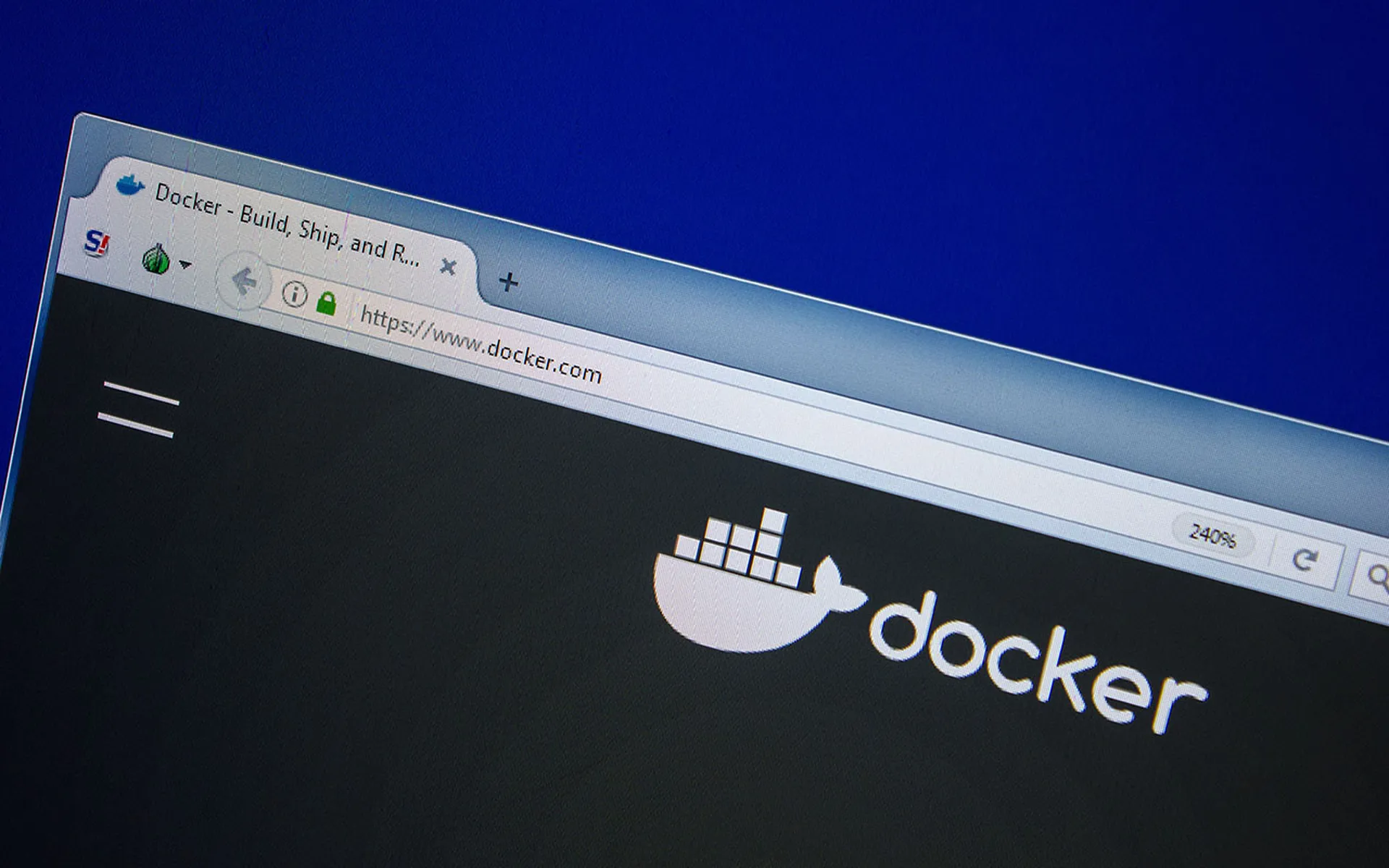As the demand for digital solutions keeps expanding, application security (AppSec) has become one of the most pressing concerns organizations face. Security issues are business issues today, which means a robust approach to AppSec protects a company’s bottom line. Building quality software has become the main differentiator in the overall success of companies.
While DevOps has helped organizations accelerate the software delivery process, security often gets in the way. Companies often perceive AppSec as slow or blocking DevOps, a perspective that often creates friction between teams. Yet companies must do AppSec testing, particularly in the context of DevOps where it’s a business imperative with critical implications. When CISOs and security leaders today make AppSec-related decisions, they are also making critical-busines ones.
Gaining visibility into risk
Software drives the world today, perched on the edge of software-defined everything, which means organizations must adapt their business models to recognize AppSec as compulsory, not optional. Leaders need to ensure security architects and risk teams are both sitting at the table when determining how they will manage AppSec testing. This effort includes outlining objectives and responsibilities, including what the risk profile means for the business.
Visibility into AppSec is critical. Beyond defining their own risk tolerance, security and risk management leaders must clearly see, measure and communicate risk to a wide group of constituents, including the board, executive teams, business unit leaders, and product lines. Without this high-level insight, security leaders are flying blind, with no way to manage risk or deliver a secure product.
When security teams establish AppSec visibility, a host of business benefits unfold. Aside from allowing professionals to manage and communicate testing, insight garnered through metrics, such as analytics and reporting features, gives developers the opportunity to address security at all stages of the SDLC. Early detection of vulnerabilities enables the true DevSecOps model because it establishes security from the onset.
If security does not get built into the process early on, as seen in the DevSecOps model, the cost and complexity of developing software becomes untenable. Vulnerabilities are not well managed, organizational risk skyrockets, and the on-time delivery of products becomes extremely challenging. And the delivery of unsecure products can lead to several painful business consequences, such as digital breaches, compromised data, and spiraling security costs, not to mention loss of revenue. Better AppSec visibility gives leaders a way to regularly review security and risk policies while also making proactive business decisions.
Build an AppSec program
Regardless of whether an organization has an emerging AppSec program, maturing, or optimizing, security teams can have a clear path to AppSec visibility. To begin the journey to DevSecOps, businesses need to prioritize their resources in a cost-effective, security-minded way. They must take advantage of enterprise AppSec analytics to ensure their decisions are based on data, not guesswork.
Start by implementing scanning tools at the right time. Organizations that don’t yet have these AppSec scanning tools in place can begin by deploying open source tools, using enterprise analytics to gain an enterprise view of risk from the resulting data. Commercial ones are always available down the line. Intermediate AppSec initiatives may rely on vulnerability management to automate and orchestrate scans.
Mature AppSec programs with established DevOps and AppSec initiatives can look for true enterprise DevSecOps with integration and orchestration of security within DevOps pipelines. The journey toward true DevSecOps looks different for every business, and that’s why organizations must work to establish a strategy that supports their specific needs, culture, and resources.
Finding effective strategies
Develop a strong AppSec strategy by asking the following questions:
What are the company’s most valuable assets? From intellectual property to financial data, it’s important to know what areas demand the most protection.
How can the organization build secure products right from the start? Through clear visibility that assesses security during development and makes informed operational decisions based on risk.
Who “owns” security in the organization? The drive to DevSecOps demands a shared responsibility model that lets corporate security work with governance in creating meaningful organizational policy, measuring risk to the business, and maintaining clear visibility.
Why does the company need better AppSec visibility? Because it helps to achieve myriad benefits for the business. Teams and executives communicate better while critical vulnerabilities are addressed, quickly and affordably.
This combination of concerns sets the foundation for a long-term AppSec program. As external threats continue to grow, so must the security stance of every company. Companies need to frame AppSec risk in a business context. By doing so it lets business leaders assess the security hygiene of the organization; pinpoint gaps in security scanning; prioritize remediation efforts, and meet all compliance requirements, while moving towards a shared responsibility model for AppSec and a path to true DevSecOps.
To stay competitive while growing the business, security and engineering teams must work together to identify and mitigate risk. They must continuously measure the impact and results of the program, iterate, and iterate some more. The success of every modern business depends on it.
John Worrall, chief executive officer, Zero North




